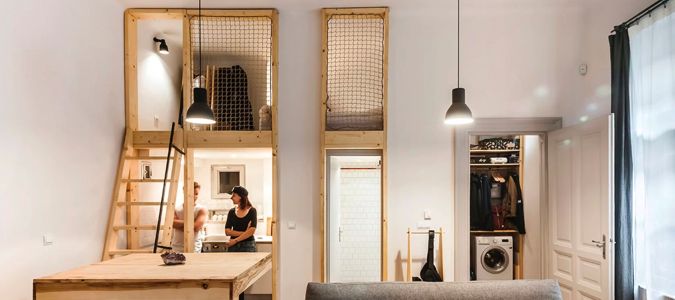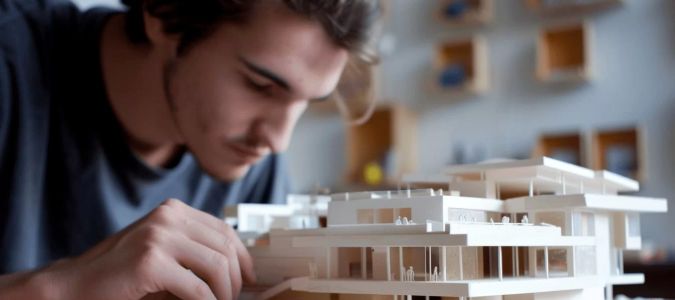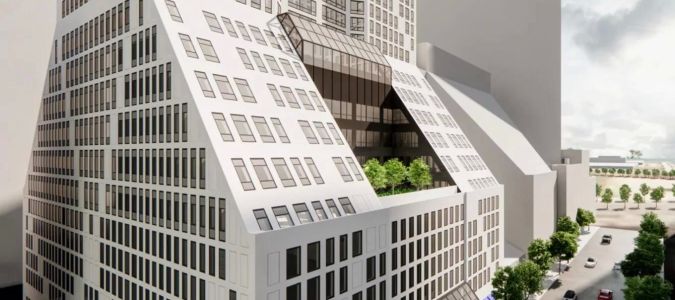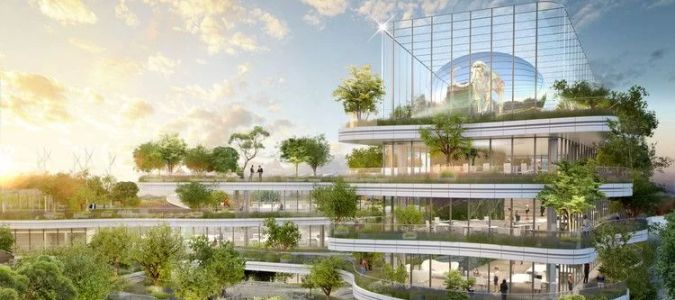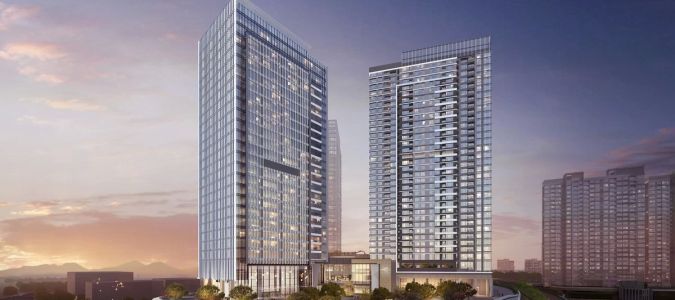Introduction: Understanding the Balance Between Functionality and Beauty
Designing a building that’s both functional and beautiful is a challenge that requires a perfect balance between aesthetics and practicality. Whether you’re designing a commercial space, a residential home, or any other kind of building, it’s important to ensure that the space works for its intended purpose while also creating an inviting atmosphere. In this article, we’ll explore how to achieve this balance, starting with the fundamentals of building design and moving into more detailed considerations like space planning, materials, and sustainability. Join me as we take a closer look at how to design a building that meets both your functional and aesthetic needs.
1. Begin With Understanding the Purpose of the Building
Before diving into the specifics of design, it’s crucial to understand the primary function of the building. Is it an office, a home, a retail space, or a public venue? The purpose of the building influences every aspect of the design process, from the layout to the choice of materials. For example, a corporate office building will prioritize functionality and comfort, ensuring that the layout supports productivity, while a public museum will have a greater emphasis on aesthetics and creating a memorable visitor experience. By establishing the purpose, you set the foundation for a building that meets practical needs while also offering an aesthetically pleasing environment.
2. Functional Layout: Maximizing Space Efficiency
The layout of a building plays a critical role in its functionality. A well-designed layout ensures that the space is optimized for its intended use. This involves thoughtful planning to ensure easy movement between rooms, appropriate placement of essential features like restrooms and utilities, and careful zoning of spaces based on their usage. In an office setting, for example, you may prioritize open workspaces, meeting rooms, and private offices in strategic locations to encourage collaboration and privacy where needed. Effective space planning can also reduce wasted space and improve the overall functionality of the building.
3. Aesthetic Considerations: Making the Building Visually Appealing
Once the functionality is established, the next step is focusing on the aesthetics. A beautiful building not only has an impact on its visitors but also on the people who use the space daily. The aesthetic choices—such as the color scheme, materials, lighting, and exterior design—must complement the functionality of the building. For example, large windows can enhance natural light and contribute to the overall ambiance of the space, making it feel open and inviting. A combination of natural and modern materials, like wood, steel, and glass, can create a sophisticated design that’s both stylish and functional. The key is to ensure that the aesthetic elements support the building’s intended purpose while also providing visual interest.
4. Incorporating Sustainability into Design
In today’s world, sustainability has become an essential part of the design process. A building that is both functional and beautiful should also be environmentally responsible. This includes using eco-friendly materials, incorporating energy-efficient systems, and designing with long-term sustainability in mind. Considerations like passive solar design, rainwater harvesting, and using recycled materials can significantly reduce the building’s carbon footprint. By designing with sustainability in mind, you not only contribute to the environment but also create a space that will be more cost-effective in the long run through lower energy bills and reduced maintenance needs.
5. Incorporating Technology for Smart Functionality
Modern buildings often include technology that enhances their functionality, such as smart lighting, security systems, and climate control. Integrating technology into the design can make a building more energy-efficient, safer, and easier to use. For instance, a smart building system can automatically adjust lighting and temperature based on the number of occupants or time of day, ensuring both comfort and efficiency. When designing a building, consider how technology can support both its functionality and aesthetic goals, from smart home features in residential designs to advanced systems in commercial buildings.
6. Balancing Budget and Quality in the Design Process
As you design a building that’s both functional and beautiful, it’s important to balance your design aspirations with the available budget. While it’s tempting to opt for high-end finishes and state-of-the-art systems, it’s essential to prioritize the elements that will truly make a difference in the functionality and aesthetic appeal of the building. By working closely with architects, designers, and contractors, you can ensure that you’re getting the best value for your investment while still achieving your vision. Often, the most beautiful and functional buildings are those that make smart choices in material selection and space planning, rather than simply using the most expensive options available.
Conclusion: Designing a Building That Meets Your Needs
Designing a building that’s both functional and beautiful is a complex but rewarding process. By understanding the purpose of the building, optimizing the layout for efficiency, and making thoughtful choices in materials and aesthetics, you can create a space that is both practical and visually appealing. Integrating sustainability and technology into the design further enhances the building’s long-term value. Ultimately, the best buildings are those that reflect the unique needs of the people who use them while also making a positive impact on the environment and community. If you’re embarking on a design project, remember that the key to success lies in finding the right balance between function and beauty, ensuring that both are carefully integrated into every aspect of the building.




